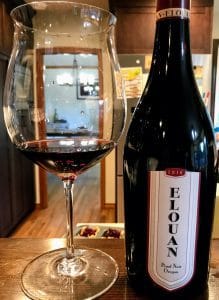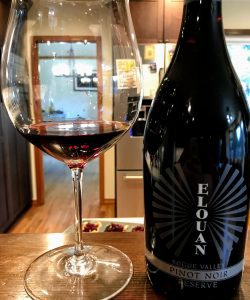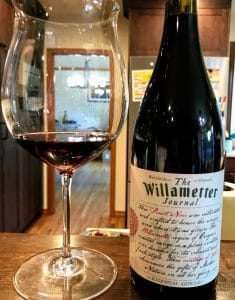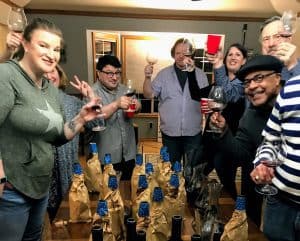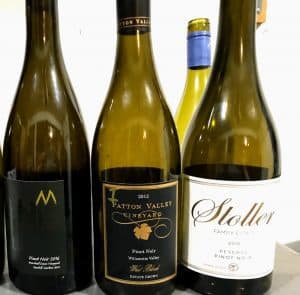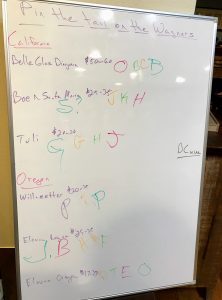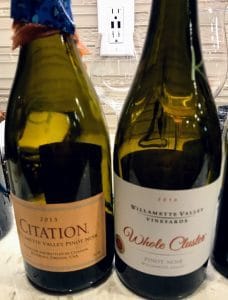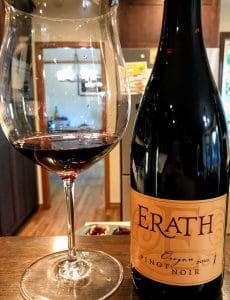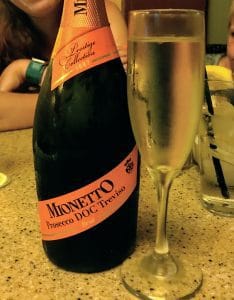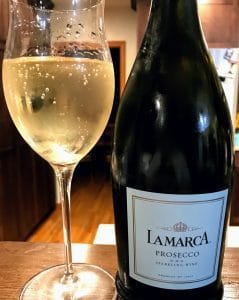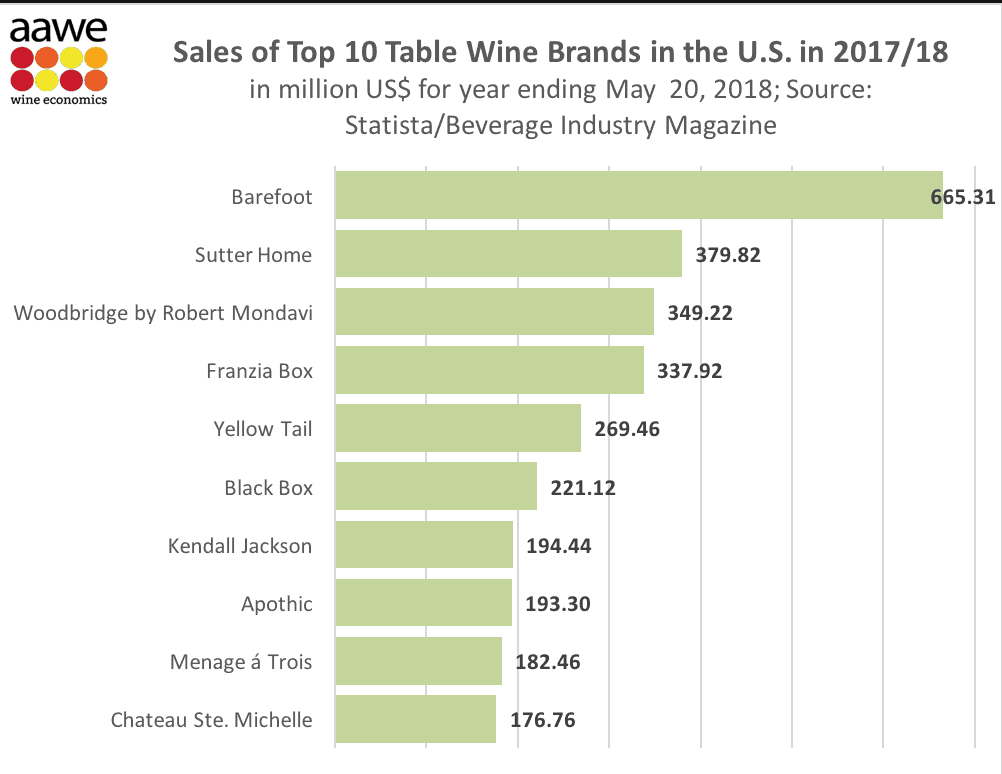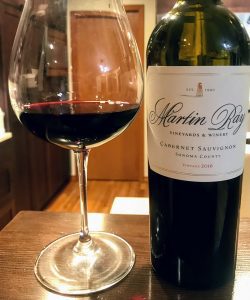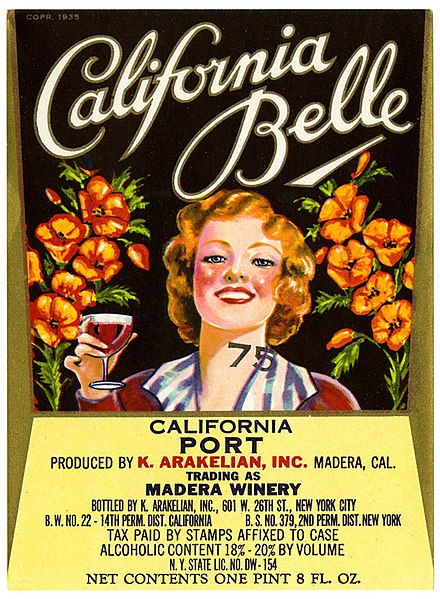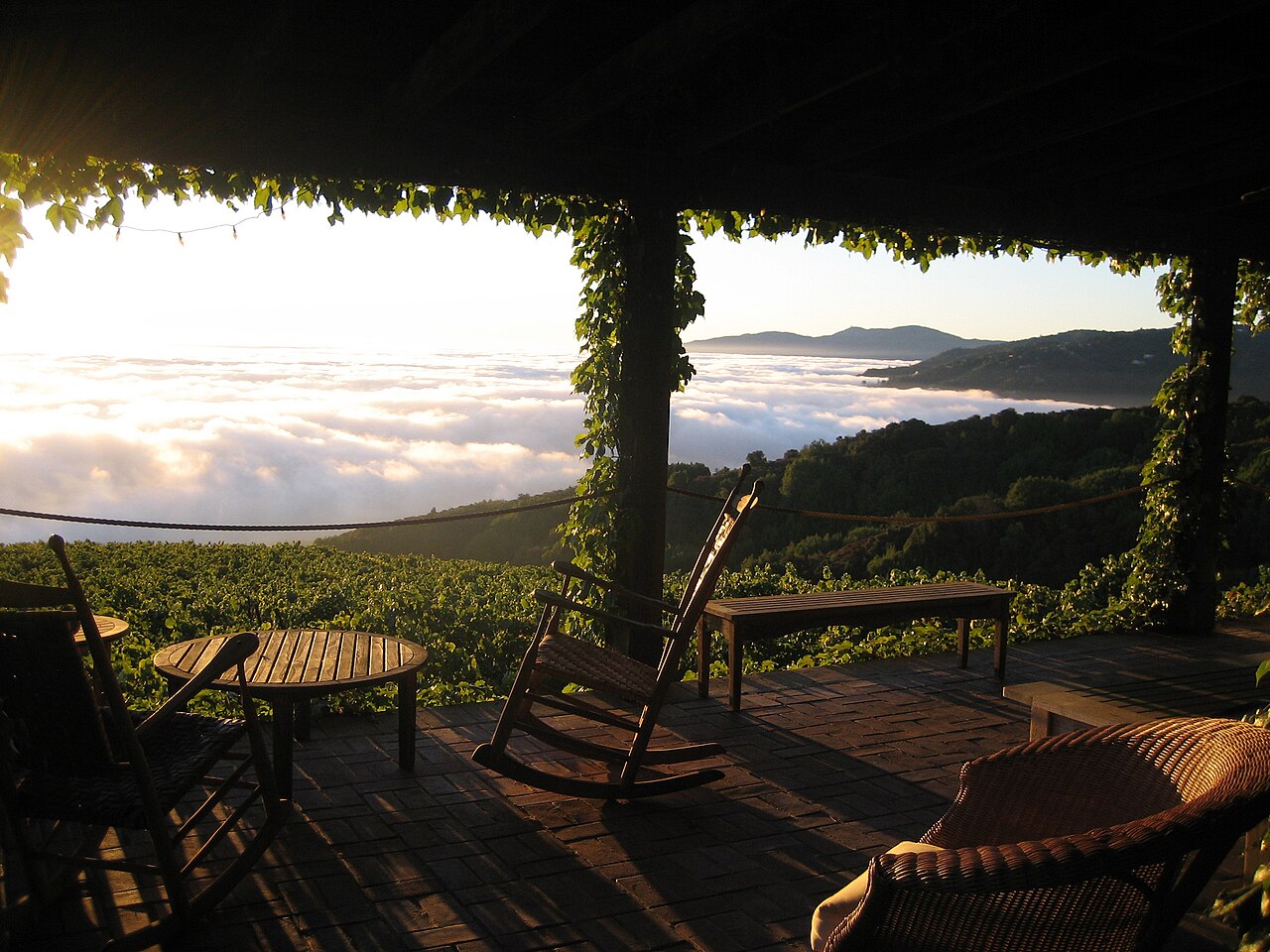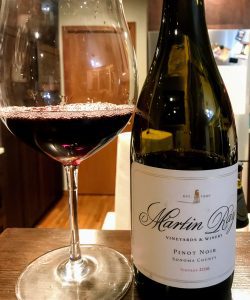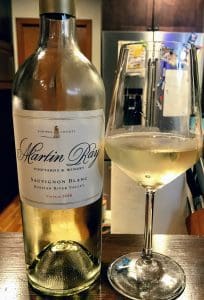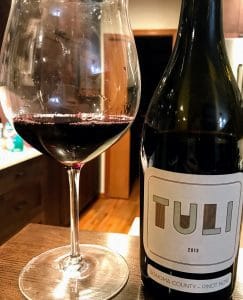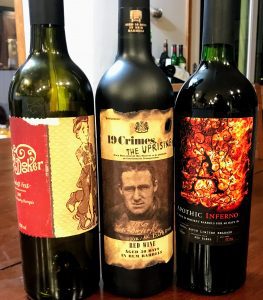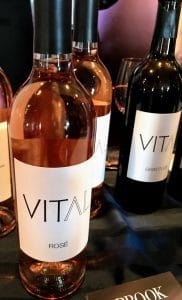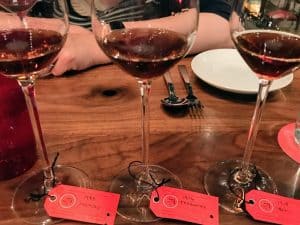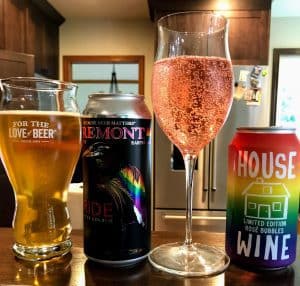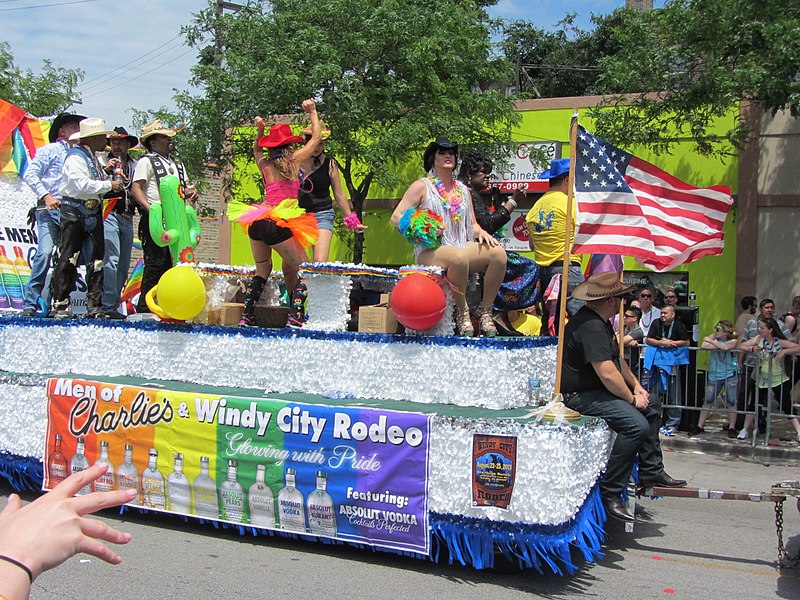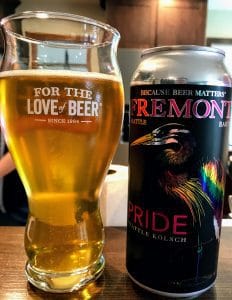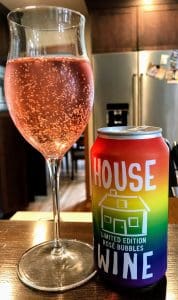This time of year, a lot of smart folks in the beverage industry lay down their cards to predict what major trends can be expected next year. As with pop culture and sports, these articles are fun to read but you don’t want to put too much stock put in them. (I mean, come on, you really thought Bryce Harper and Manny Machado would sign during the Winter Meetings?)

Sip or Spit? How seriously should we take these wine predictions for 2019?
Of course, the value of such predictions rests in the quality of the source. I’ve always found the folks at Wine Intelligence, a UK consulting and research firm, to be sharp tacks. So I ascribe a little more weight to their assessments than I do other sources. Still, while there were some thing from their Five Predictions for 2019 worth sipping, there were others I certainly spat out.
1.) Alcohol intake will continue to fall in developed world markets (Spit with a little sipping)
As I noted in my article The Kids Will Probably Be Alright — Looking at Generation Z Trends, I don’t buy into the idea of Gen Z as the “teetotaler generation”. It is far too early and too small of a sample size to make that assessment. For Christ-sakes, 95% of them are still under 21! I surely hope that most of them are teetotaling right now.
However, I do think that the trend of “Drinking Less, But Better” that we’re seeing in the Millennial generation will continue with Generation Z. Alcohol is expensive and is full of calories. It’s clear that my generation, and likely the following one, have been adopting the mindset that if we’re going to spend the money and calories on something, it better be worth it.
Which is a good thing and something that should serve as a curb to the idea that moderate consumption of alcohol (like wine) is incompatible with a healthy lifestyle. That “incompatibility” seems to be the crux of the scare reports of Generation Z and Millennials turning away from alcohol.
From keg stands to Brose´
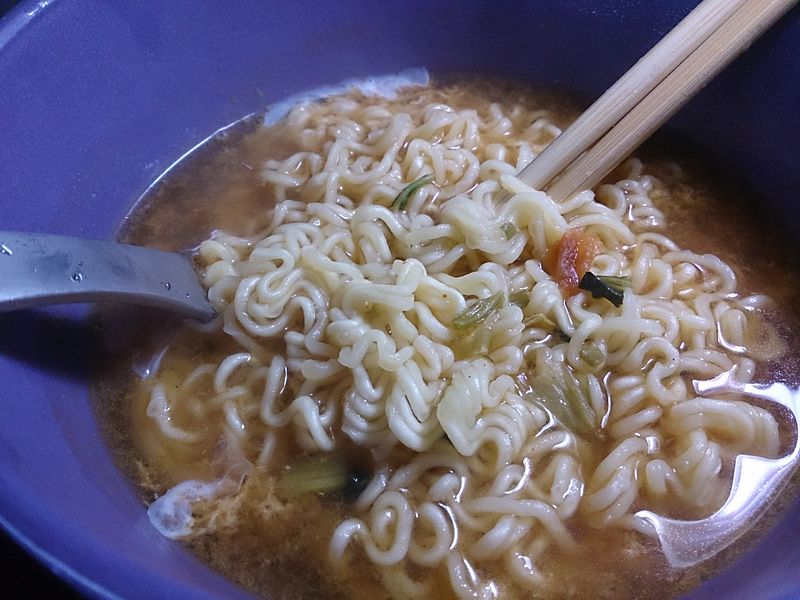
Ramen–the lifeblood of the broke Millennial. Also a great pairing for under $15 Cru Beaujolais and Chenin blanc.
Yeah, we might be turning away from weekend keggers, cheap jug wine sangrias, Smirnoff and Fireball jello shots, but what we’re turning to is more mindful moderate drinking. Younger generations, like myself, are not drinking for the sake of drinking. We’re looking for something more than just a buzz.
Growing up in the age of technology and easy access to knowledge, we’re aware of the risks of binge drinking. But we’re also aware of the benefits of moderation. Plus, our “foodie” nature is far more incline than past generations to embrace the role of a glass of wine in enhancing the pleasure of even everyday meals—like ramen noodles.
So while bulk and mass producers may have reasons to worry about the upcoming generations, I don’t think quality minded producers need to fret as much.
2.) Overall knowledge levels about the details of wine and where it comes from will decline (Spit)
This prediction is based on Wine Intelligence’s 2018 US Portraits report of wine consumers. I don’t have an extra $3500 to buy the full report and dive deep into what methodology led to that conclusion, but on the surface this doesn’t pass the “sniff test”.
When you look at other observations and reporting, the level of wine knowledge among the average consumer has never been higher. For one, enrollments in wine certification programs have been booming. Google “Wine Appreciation Class” and you’ll get over 34 million hits, confessing to a wide interest among consumers to learn more.
This is something that I touched on in my article It’s Raining Masters, about the influx of successful Master Sommelier candidates. (This was before the cheating scandal broke) We are in the midst of a golden age of wine knowledge.
Yet, somehow, we’re getting “wine dumber”?
Even the post’s author, Richard Halstead, acknowledges the counter-intuitiveness of his prediction.
Over the past couple of years we have started to see an interesting and counterintuitive trend. More people in more markets around the world are saying they care about wine, that the category is important to them, that they take their time when buying wine – sentiments which we bundle up into a collective measure called “involvement”. At the same time, overall objective knowledge about the category – understanding of grape varieties, countries of origin, regions, and so on – has been in decline: people know fewer things about wine any more. — Richard Halstead, Wine Intelligence, 12/12/2018
One theory they propose is smartphone reliance. That does makes some sense and has been debated in other contexts before. There is also the idea that the globalization of wine has brought more stuff to the table for the average consumer to know about.
More to Discover, More to Learn, More to Enjoy
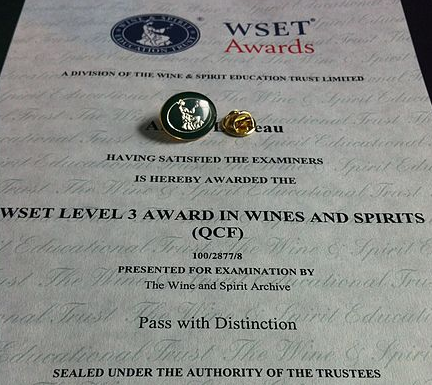
Once pursued only by the wine trade, now more and more wine lovers are signing up for advance certifications like the Wine & Spirit Education Trust (WSET)
It’s no longer Napa, Champagne, Chardonnay, Cabernet and Pinot grigio. Now we’ve got Coonawarra, Franciacorta, Fiano, Touriga Nacional, Chenin blanc and so much more.
I suppose when you consider how much more is out there to learn and explore, the average wine consumer’s “overall” grasp of details may go down.
But that is like comparing the “knowledge level” of a middle schooler with that of a college student. The former is exposed to far less. Of course, it is easier to “master” more of that knowledge within their little world. However, the later’s exposure to exponentially more gives the potential for even greater knowledge.
While I’m open to hearing more thoughts on the matter, there so much counter-intuitiveness about this prediction that I’ll remain skeptical now.
3.) Vegan wine will become a thing (Sip)
This I buy completely. It’s a topic that I explored earlier this year with my article What’s fine (and not so fine) about Vegan Wines.
I have no doubt that we are going to see more wines labeled as “Vegan-friendly”. But I am concerned with the obsession over fining agents. Especially for people who adopt a Vegan-lifestyle for ethical reasons, it seems like a bigger quandary is to be had over viticultural practice like biodynamics that regularly employ the use of animal products. Furthermore, there are issues with what alternatives wineries may use to produce highly manipulated (though “Vegan-friendly”) wines.
Are the most “vegan-friendly” vineyards the ones being farmed with heavy saturation of pesticides and chemical fertilizers? It seems like it when you compare it to organic and biodynamic vineyards with high insect MOG and animal-derived fertilizers.
Mass produced wines like the PETA recommended Sutter Home and Moët & Chandon often employ these conventional, chemical dependent styles of viticulture.
While avoiding using animal-based fining agents to remove excess tannins and haze forming proteins, big mega-corps can use other tricks to manipulate the wine with things like lab designed enzymes, oak adjuncts and Mega Purple which will “smooth out” bitter tannins and cover up off-flavors. — What’s fine (and not so fine) about Vegan Wines 2/25/2018
4.) Wine brands with sustained investment strategies will prosper at the expense of second-tier competitors (Sip)
Unfortunately, this is a sad reality of business. Branding often trumps quality and care. W. Blake Gray had a great article on Wine Searcher recently that highlights this as part of the Gloomy Outlook for Smaller Wineries.
Gray ended the article with a very ominous quote from Dale Stratton of Constellation Brands.
“The game is going to be stealing share,” Stratton said. “The pie is only as big as the pie is. The game is going to be stealing share from other places.”
Watch your pie, small wineries. Watch your pie. — W. Blake Gray, WineSearcher.com 12/7/2018
While not every winery can afford a fancy marketing department, it is imperative of every winery to focus on what makes them unique.
For the small winery competing against the big mega-corps, your “brand” is your story and all the tidbits that set you apart from the mass-produced wines that line supermarket shelves.
It’s simply not good enough just to make good wine. There are thousands of producers across the globe making wine as good, if not better, than yours. But what those wineries (and certainly what the big mega-corps) don’t have, is you and your story.
Finding ways to weave yourself into the narrative of your brand is only going to become more important for small wineries to succeed. That is one of the reasons why it is a shame that many wineries have abandoned or don’t know how to successfully use social media platforms like Twitter.
5.) A mainstream producer will introduce cannabis-infused wine (Sip and then toke)

Does cannabis have terroir? We’ll probably be discussing that over the next decade.
This is probably the surest bet that any prognosticator can make. For an industry that will happily dive into whiskey barrel aging and weird coffee-infused hybrid wines, you know that development is already well on its way towards releasing a cannabis-infused wine.
The only question is, who will be first? Gallo or Constellation Brands?
Gallo has been leading the way on a lot of these trends with their Apothic brand. They’re a solid contender and a likely choice. Part of the fun is guessing what they’ll call it. Apothic Blaze? Apothic Kush?
However, Constellation Brands does actually have its own investments in the cannabis industry to the tune of $4 billion.
I’d be more incline to wager on Constellation developing a stand-alone brand for cannabis-infused wine. But I honestly wouldn’t be surprised to see them roll it out under an established label, like Robert Mondavi, to try to give this trend more legitimacy.
When that happens, be sure to pour one out for poor Robert spinning in his grave in St. Helena.

